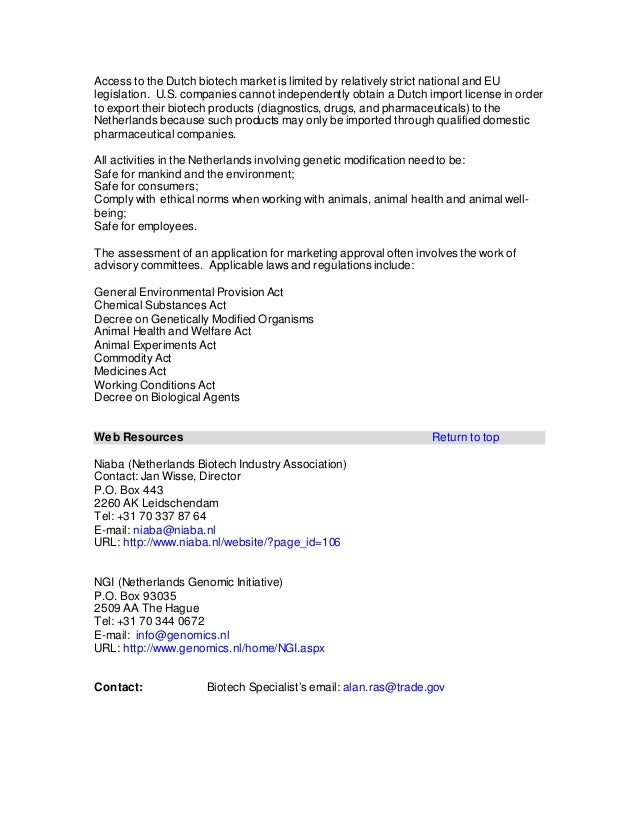
Lennon Dutch Medicines Handbook Of Chemistry
Herb: Dutch Rush Latin name: Equisetum hyemale Family: Equisetaceae (Horsetail Family) Medicinal use of Dutch Rush: Horsetails have an unusual chemistry compared to most other plants. They are rich in silica, contain several alkaloids (including nicotine) and various minerals. The plant is anticancer, anti-inflammatory, antispasmodic, diaphoretic, diuretic, expectorant, febrifuge, haemostatic, hypotensive and styptic. It also has an appetite-stimulating effect. The barren stems are used, they are most active when fresh but can also be dried and sometimes the ashes of the pant are used. The plant is a useful diuretic when taken internally and is used in the treatment of kidney and bladder problems.
Lennon Dutch Medicines Handbook >> DOWNLOAD (Mirror #1) lennon dutch medicines handbook pdflennon dutch medicines handbooklennon dutch medicine handbook home remedies 51f937b7a3 View Gumtree Free Online Classified Ads for handboeke in Western Cape and more. Lennon Ltd., Chemists, South Africa. The Lennon Dutch medicines are based primarily on European species and were developed more than 100 years ago.' Handbook of Synthetic Organic Chemistry, Second Edition updates and expands the author’s popular 2007 work, Synthetic Organic Chemist’s Companion.
A decoction applied externally will stop the bleeding of wounds and promote healing. The plant contains polyphenolic flavonoids with bactericidal activity.
Description of the plant. Height: 100 cm (3 1/ 4 foot) Habitat of the herb: Shady streambanks etc, to 500 metres. Edible parts of Dutch Rush: Strobil (the fertile shoots in spring) - cooked. An asparagus substitute. Caution is advised, see the notes above on toxicity. Roots - dried and then cooked. A source of starch.
Skyworth hs7700 proshivka. Recent Posts. Canon EOS Rebel T2i 18.0-megapixel CMOS sensor; Samsung Android for Galaxy, Note and Tab Series Secret Codes; HTC Flyer Wifi Gingerbread OS and Flyer Tablet.
Caution is advised, see the notes above on toxicity. A further report says that the peeled stems, base of the plant, root and tubers were eaten raw by the N. American Indians, the report went on to say that this may be inadvisable. Other uses of the herb: The stems are very rich in silica. They are used for scouring and polishing metal and as a fine sandpaper. The stems are first bleached by repeated wetting and drying in the sun.
They can also be used as a polish for wooden floors and furniture. The infused stem is an effective fungicide against mildew, mint rust and blackspot on roses. It also makes a good liquid feed. Used as a hair rinse it can eliminate fleas, lice and mites. A light pink dye is obtained from the stem. The hollow stems have been used as whistles. Another report says that the stem joints are pulled apart and used by children to produce a whistling sound.

Propagation of Dutch Rush: Spores - best collected as soon as they are ripe in the spring and surface-sown immediately on a sterile compost. Keep moist and pot up as soon as the plants are large enough to handle. Very difficult. The plants usually spread very freely when well sited and should not really need any assistance. Panasonic pbx unified maintenance console keygen generator for mac download. Cultivation of the herb: Shady streambanks etc, to 500 metres. Known hazards of Equisetum hyemale: Large quantities of the plant can be toxic. This is because it contains the enzyme thiaminase, a substance that can rob the body of the vitamin B complex.